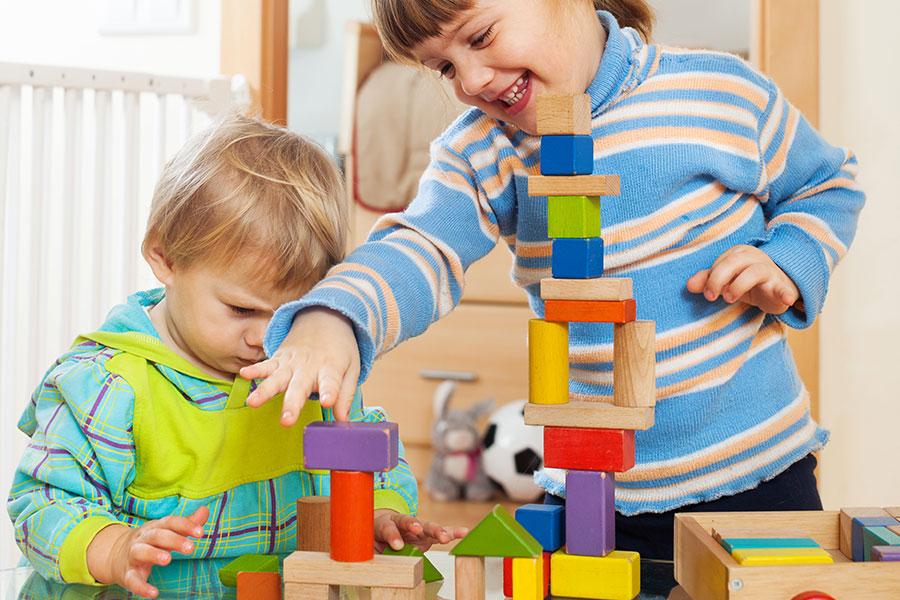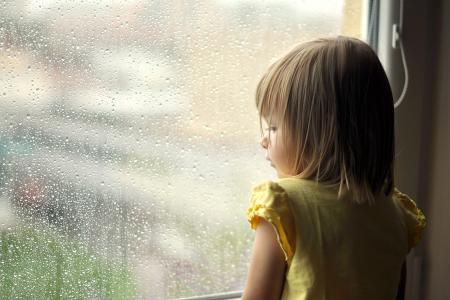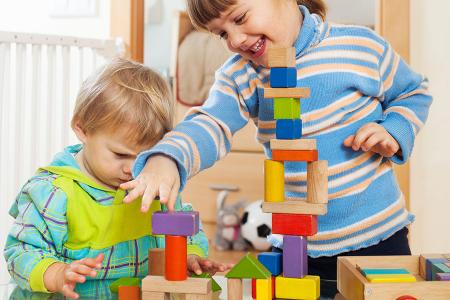Play Therapy
As DBE Child and Youth Counseling Center, we use two kinds of play therapy. These are:
- Non-Directive Play Therapy: Playing is an heartfelt interest and required effort. A game reflects environment and human relations of child. Non-Directive Play Therapies are depended on reality of expression of children who have emotional difficulties, shows adjustmental and behavioral probems, and have psychosomatic problems at natural game areas. The aim is that child with some problems may generate necessary and specific changes in own psychic balance. It is expected from nondirectical play therapy make some changes on child’s charactheristic, expression, insight, ensuring evaluation of reality and direct to child’s energy to positive fields.
- Cognitive-Behavioral Play Therapy: Compared to Non-directive Play Therapy, Cognitive-Behavioral Play Therapy is structured, router and target specific. It ensures the development of more positive thoughts and behaviours instead of problematic attitudes. Game is a communicational tool between therapist and child as well as treatment tool. While studies about child’s problems are being conducted, verbal and nonverbal communication techniques (like modeling) are used. One of the main elements of the therapy is reward. Reward is giving direct messages about whether behaviours are appropriate or not.
Share this Post:
Releated Content:
People come together with a family therapist when family members have an effect on issues or family support is required for healing an issue. The ...
A speech therapist evaluates a child/youth who begins to speak but has some problems such as stuttering, articulation disorder and than direct to ...
Cognitive Behavioral therapy aims at gaining awareness about irrational beliefs and in some situations, discovery of how these beliefs come up. In the ...
As DBE Child and Youth Counseling Center, we use two kinds of play therapy. These are: Non-Directive Play Therapy: Playing is an heartfelt interest and ...






